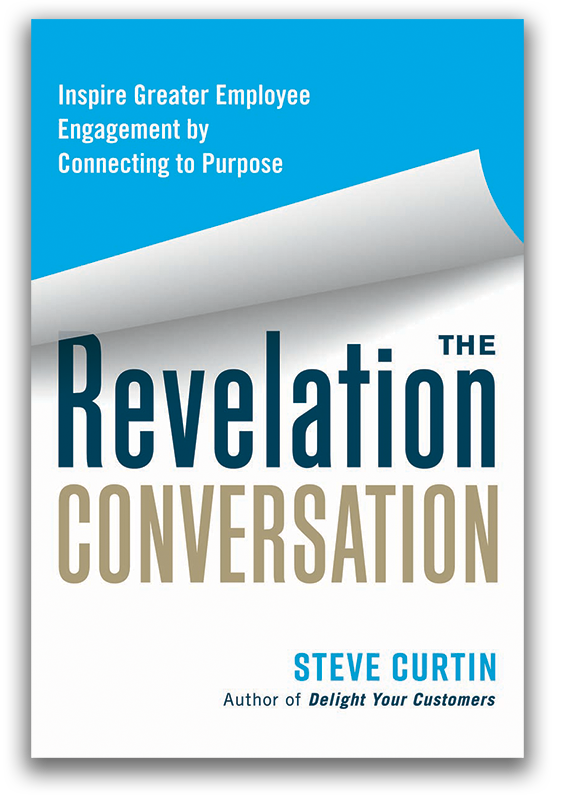 Cynics might say, “Does it really matter whether a supervisor, manager, or leader can recall the organization’s mission, vision, or purpose statement or core values?”
Cynics might say, “Does it really matter whether a supervisor, manager, or leader can recall the organization’s mission, vision, or purpose statement or core values?”
“What’s the big deal? Suppose she’s a solid manager—great with people and technically proficient. Who cares if she can recite the guiding statement or values? What difference does it make?”
They’re correct under the assumption that an organization’s mission and values are performative and simply the result of a leadership activity to check a box.
But if you believe as I do that an organization’s guiding statement and foundational values are more than corporate wallpaper and the output of a performative leadership drill, then consider the link between corporate ideals and employee engagement and job performance.
It’s well documented that more than two thirds of U.S. employees are not engaged (68% according to Gallup’s latest survey). Gallup estimates that low employee engagement costs the global economy $7.8 trillion in lost productivity—a staggering 11% of global GDP. Gallup’s meta-analysis of more than 100,000 business units found that engaged employees put in extra effort to create exceptional customer value, feel connected to the mission and purpose of the organization, and collaborate with coworkers.
But if supervisors, managers, and leaders are unable to articulate the company’s mission and values, it’s unlikely they will be able to reveal them to their staff, connect them to employees’ daily work activities, or leverage them to inspire greater employee engagement.
Too often, the mission statement and core values are trumpeted on a company’s website or logoed coffee mug but have little to do with employees’ day-to-day behavior and decision making. This is why it’s critical to think deeply about how these ideals can permeate a division, work group, or job role.
When credible, values serve as a touchstone for employee behavior and decision-making.
Consider Sam’s Club. Sam Walton founded a values-driven company in 1965 that remains committed to its four core values: respect, service, excellence, and integrity. Store leadership brings these values to life by posting a cart concierge, a team member who positions shopping carts for customers to easily access as they enter the store. This deliberate action eliminates the need for customers to go in search of a cart or struggle to free a cart that’s stuck at the end of a row of carts and has the added benefits of ensuring the carts are free of debris, properly sanitized, and in good working condition (without that rogue bent or squeaky wheel).
Because of its decision to reflect its core values of service and excellence by posting a cart concierge, the quality of Sam’s Club customers’ first impression and experience locating and securing a clean, reliable cart is not left to chance. Rather than relegate a set of imitative values to a poster in the break room and check a box, store leadership examined the customer reception process through the lens of its timeless ideals—making them real to both employees and customers.



